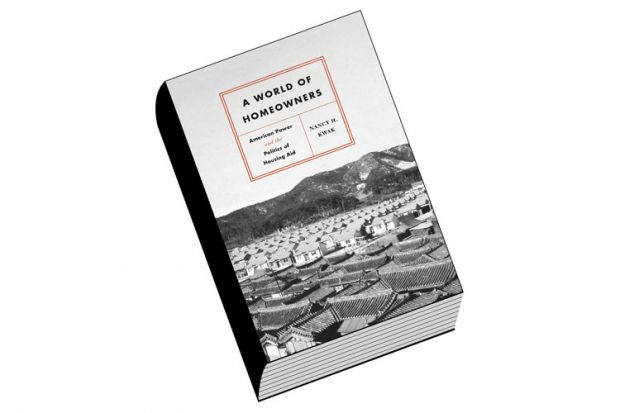The first significant intervention by US officials into overseas housing programmes began in Puerto Rico in 1921 when the local government, backed by United Nations and US advisers, issued some 4,219 loans to rural peasants and urban labourers to allow them to build their own homes on subsidised land. In the 1930s and 1940s, an additional 10,000 building lots were provided in what “would become a globally significant technique known as land-and-utilities”, Nancy Kwak writes. Supply the land and provide utilities, and it was possible to make it look as if anyone and everyone, given the chance, could pull themselves up by the bootstraps and become a homeowner.
Public housing was also built on the island at the same time, but that and the subsidies needed to make the building of private housing possible were both downplayed. What mattered to the Americans was to spread a myth that people could house themselves and did not need governments to intervene. It mattered to the Americans deeply because they thought that the only alternative on offer was communism.
In 1946, the US sent advisers to Manila, a congested city in which refugees lived in squalor. The advisers suggested that the Philippines follow Puerto Rico’s lead, but modified those plans to include subsidising the building of housing for private rent. Some 64 years later, the UK’s chancellor, George Osborne, introduced similar policies in the UK to subsidise building by private landlords. It has taken just under a lifetime for US policies designed to counter the “socialistic” housing policy of Britain in 1946, and to prevent such policies being copied worldwide, to come to Britain itself.
Because of its inefficiencies, private housing has always required a huge amount of hidden state support. Land becomes hoarded; properties may not be well maintained or built. But in the McCarthyite US, public housing was deemed “a breeding ground for communists”. In Latin America, Scandinavian housing experts explained that “housing is too important a commodity to be subjected to the same general market conditions as other goods”, but the Americans ridiculed such a stance.
The Cold War was fought with bricks and mortar, not just small, hot wars in poor places and the threat of nuclear Armageddon. Privatisation began in Malaysia in the 1940s; in West Germany, Taiwan, Burma and South Korea in the 1950s; India in 1964; Jordan in 1965; Brazil in 1966; Guatemala and Nigeria in 1967; and the Philippines (again) in 1968.
In the 1960s, the US granted loans to expand the private housing sectors in Chile, Colombia, Costa Rica, Ecuador, El Salvador, Guatemala, Nicaragua, Panama, Peru, Uruguay and Venezuela. They began housing projects in Rhodesia, Zambia and Mali. They moved into Senegal in 1972, Botswana in 1973, Tanzania in 1974 and Kenya in 1975 – all the while spreading the American dream. A dream can travel quickly when backed up by so much state money and so many advisers.
There were exceptions. Singapore quietly rejected privatisation in 1965. Kwak mentions Japan only once, and most of Europe was more resistant. But US advisers helped to privatise housing provision around the world, with dire effects in many places – effects that became truly obvious when the US housing market itself crashed, after peaking in 2006. This is a gripping global story, well told and meticulously referenced.
Danny Dorling is Halford Mackinder professor of geography, University of Oxford, and author of All That Is Solid: The Great Housing Disaster (2014).
A World of Homeowners: American Power and the Politics of Housing Aid
By Nancy H. Kwak
University of Chicago Press, 312pp, £31.50
ISBN 9780226282350 and 2497 (e-book)
Published 11 November 2015




